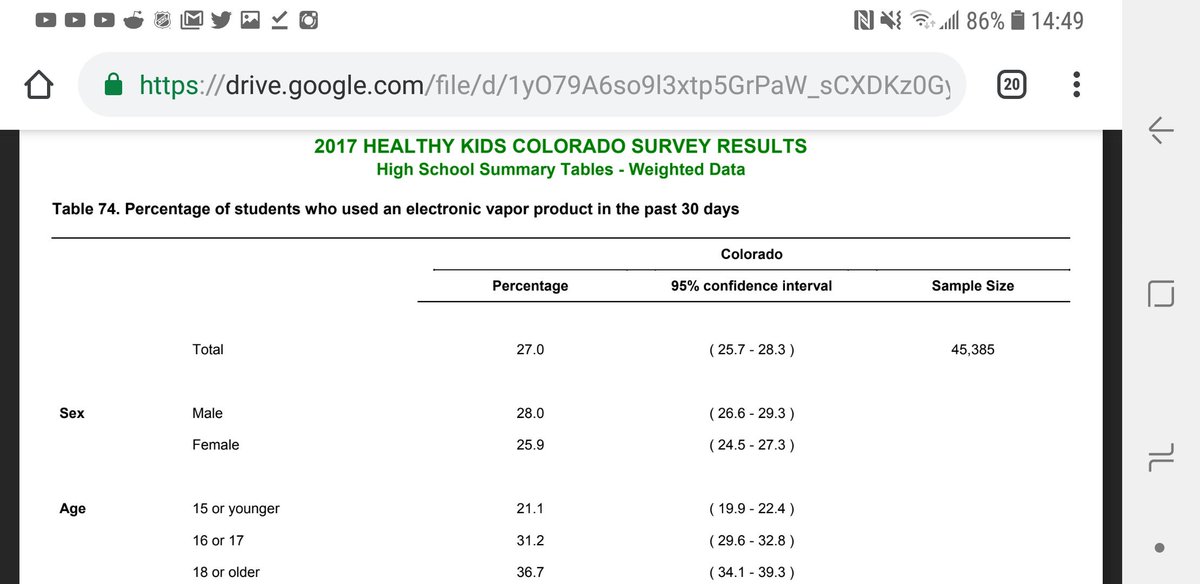
rcplondon.ac.uk/projects/outpu…
google.com/url?sa=t&sourc…
tobaccocontrol.bmj.com/content/25/4/4…
ecigarette-research.org/research/index…
nature.com/articles/s4159…

Get real-time email alerts when new unrolls are available from this author!
Twitter may remove this content at anytime, convert it as a PDF, save and print for later use!

1) Follow Thread Reader App on Twitter so you can easily mention us!
2) Go to a Twitter thread (series of Tweets by the same owner) and mention us with a keyword "unroll"
@threadreaderapp unroll
You can practice here first or read more on our help page!

